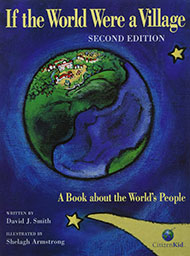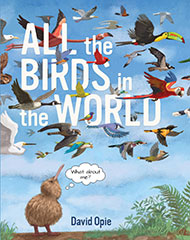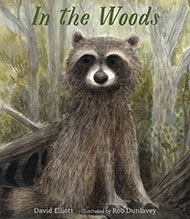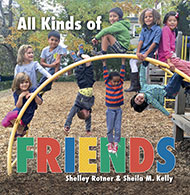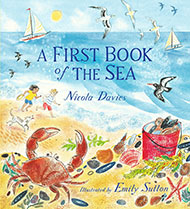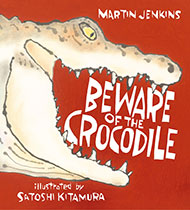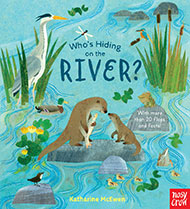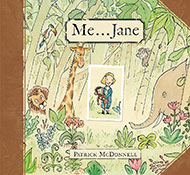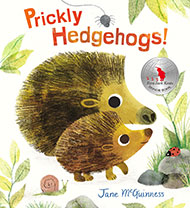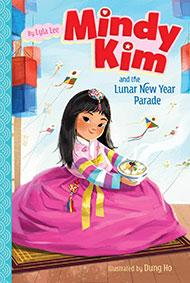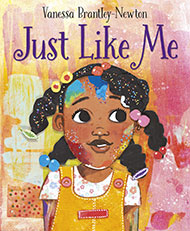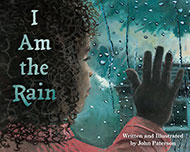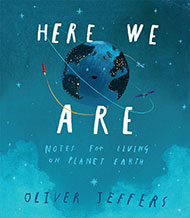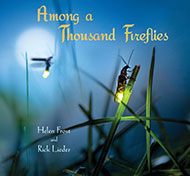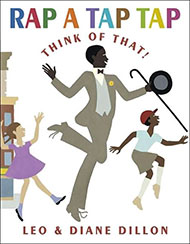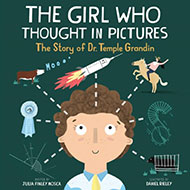Over the last month, the children’s department staff has been busy evaluating and weeding out the nonfiction collection. It is in need of updating. Throughout this process, I’ve been able to reflect on the evolution of this collection for the last 30 years. More specifically, the format of current children’s literature has more emphasis on larger type, accessibility, color, and more graphics and illustrations. The process in selecting nonfiction has evolved as well. The article I wrote last month focused on how to use nonfiction books to help prepare for storytime programs. For part two, I’ve focused on nonfiction selection and my selection process.

Mr. Z’s Nonfiction Selection Process
Step 1: Elevation: A primary reason to include nonfiction in storytime is to elevate the listeners’ reading experience. Select titles that correspond with a specific theme, titles that are new to your collection, or select topics that you noticed are a big hit with your families. The elevated experience is the realization that the animals, people, locations, and/or experiences you read about in nonfiction stories are real. You provide children an opportunity to experience the contrast between what is real and what is imaginative. Both are important for a successful reading experience.
Step 2: Narrative: Narrative development is part of the six early literacy skills. Nonfiction books offer children the opportunity to learn how to retell events, describe things, and assist with chronological order. Furthermore, narrative skill development is important to help children express what they are learning, and build on their social interaction with others.
Step 3: Interactive: The addition of nonfiction creates a learning experience that encourages audience participation. Selecting interactive nonfiction might include titles that feature various sounds of nature or animals, pretending to ride a horse or fly in an airplane, or walking with the dinosaurs. The primary objective is including titles that do not require children to only sit and learn, but encourages them to be part of the story.
Step 4: Informative: It is incredibly important to be sure your collection’s nonfiction books are up-to-date with the latest information. Although it is important to create an interactive experience, the facts you share with children need to be current. Select titles providing information that’s understandable by a storytime audience. Simple facts, callout bubbles, large text, and plenty of photos are important factors for you to consider as you select titles.
Step 5: Diverse: Although topics such as animals, dinosaurs, trains, weather, and colors have a variety of nonfiction titles, it is important to select diverse titles. Some examples include titles that immerse children in a different culture, include the language of a culture, are written by #OwnVoices, represent global diversity (race and ethnicity), the diversity of families, and the physically challenged population. It is incredibly important that children and families see themselves in the books selected for storytime.
Resources to explore
How to Introduce Nonfiction (Scholastic)
Beyond Reading Levels (School Library Journal)
An Updated Look at Diversity in Children’s Books (School Library Journal):
Finding their Story (Scholastic)
Next time, for my third and final article on the importance of nonfiction, I’ll focus on activity development using nonfiction books.

